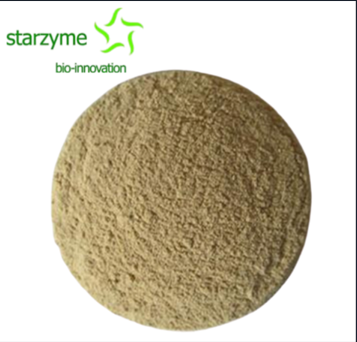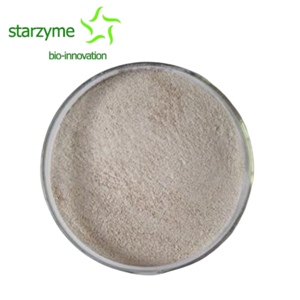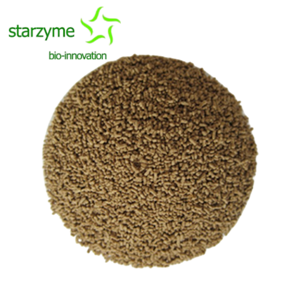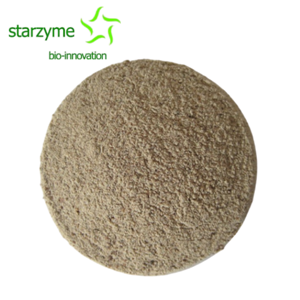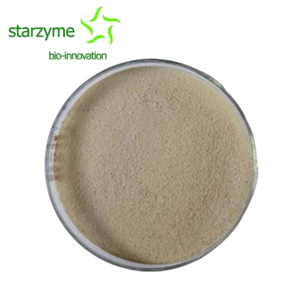What is Lactobacillus acidophilus? (Part 2)
The higher the proportion of probiotics in the gut such as Lactobacillus acidophilus, the better the 3 environment, the younger, and more vibrant the gut will be. The health of the intestines is not only reflected in good digestion and absorption, normal bowel movements, and less susceptibility to intestinal diseases; For the whole body, sufficient and vibrant probiotics reduce the production of toxins and alleviate the detoxification burden on the liver by inhibiting various harmful bacteria; After fermentation in the intestine, Bifidobacterium and Lactobacillus acidophilus can also produce lactic acid and acetic acid, which can improve the utilization of calcium, phosphorus, and iron, promote the absorption of iron and vitamin D, produce vitamin K and vitamin B, reduce cholesterol absorption, and reduce radiation damage to the human body.
The survival rate of Lactobacillus acidophilus in the stomach can generally reach 80%, but without encapsulation treatment, their vitality will still be affected after oral administration of Lactobacillus acidophilus; And if they are all buried, they cannot exert their beneficial effects in the stomach. Therefore, we first choose the first generation of live bacteria directly bred from the mother of bacteria, and then apply double-layer embedding technology to half of them, which not only promotes the coexistence of stomach and intestine, but also ensures the activity of live bacteria in the intestine.
The advantage of double embedding technology is that after the outer layer of gum dissolves in the intestine, the inner layer of protein can also help live bacteria colonize the intestinal wall, allowing them to reproduce from generation to generation and effectively regulate the intestinal microbiota.
Characteristics of Lactobacillus acidophilus
Proliferation mode
The effect of adding oligosaccharides to nutrient rich MRS medium on the proliferation of three strains of lactic acid bacteria, such as oligosaccharides and isomaltose, has a certain proliferative effect on Lactobacillus acidophilus, Lactobacillus lactis, and Streptococcus lactis.
Oligosaccharides are small aggregates composed of 2-10 monosaccharide units connected by glycosidic bonds, situated between monomeric monosaccharides and highly polymerized polysaccharides. There have been reports abroad that oligosaccharides can promote the proliferation of intestinal bifidobacteria and lactobacilli, inhibit the growth of Escherichia coli, stabilize the intestinal environment, and improve intestinal mucosal immune function.

